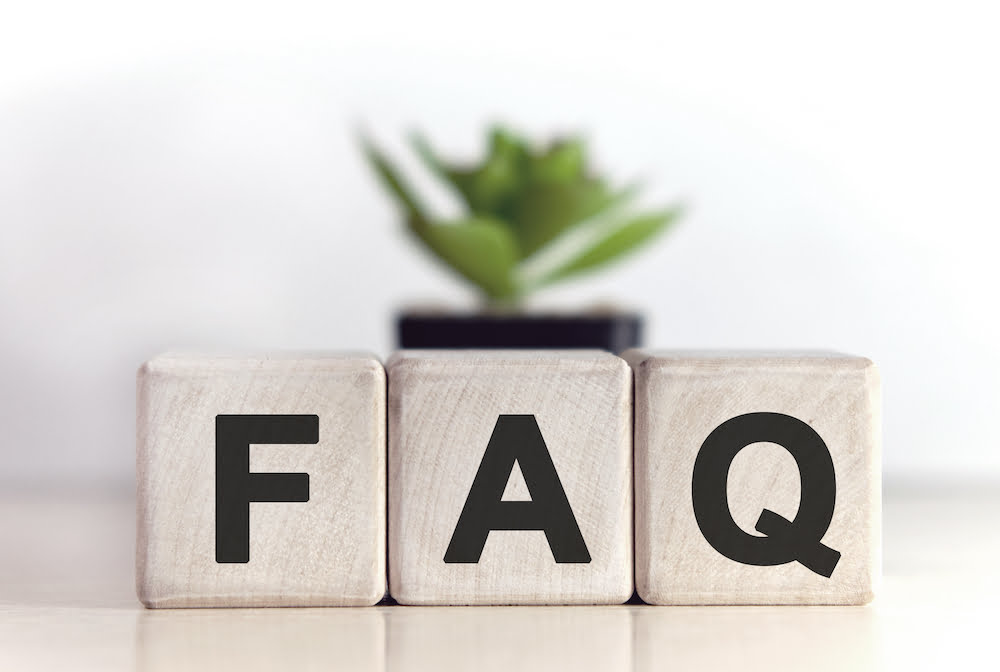The keys to decide the structure of a web page

Opening and publishing a web page is easy, but define its structure and that it fits your business model and represents the values of your brand? That is already a little more complicated.
Throughout this article we will analyze all aspects of how to make the structure of each page of a web page.
Menú del Post
What is the structure of a website?
First of all, what is tended to as “web structure”? We are not talking about sections or parts of a website. Neither of the design or how the elements are distributed.
The correct thing would be to define the web structure as a way of organizing and distributing the different pages that make up an online site. In other words, its hierarchy.
Let’s see it with an example of a basic structure for a website:
- Homepage: The main page of the web, which appears when you put the domain. This is the root page.
- Pillar pages: They are the most important pages after the home, they are found in the main menu.
- Secondary pages: The different pages with more specific information, which is accessed by going through the pillar pages. For example, blog posts or a child page within a pillar page.
Of course, the structure can be much more complex and convoluted, depending on the type of business or online store you want to open.
The importance of having a good web structure
While it is true that when designing a web page it is vital that it be attractive, interactive and easy for the user to use, it is also crucial that it have a good structure.
These are the reasons:

Improve user experience
Think that your goal is not just to attract traffic to your website. You want them to spend as much time as possible in it, exploring it, researching it, reading, reviewing your products.
If you make sure that the structure has easy navigation, users will interact more with your website. In fact, ideally, they should be able to move around the web without even thinking about it.
To do this you must:
- Choose the composition of the menu: That includes the pillar pages and some secondary pages if necessary.
- Facilitate access to all web pages: Do not hide anything from users. All pages must be accessible to him.
- The home will only have one objective: This will be to direct traffic to the pages that interest you the most on your website.
A good web structure will allow you to work better on SEO
How well you know, SEO is the king of positioning. If you want your web page to be well optimized to be able to carry out your SEO strategy, it must have a good web structure to:
- Work better interlinking: Remember that internal links also count for a search engine.
- Decide the most interesting keyword: Choose the right keyword at all times for the different pages of your website, and rank for them.
- You will avoid vanishing points: That is, pages that they will not be able to access and that will not contribute anything.
Types of web structure
Next, we will analyze the different types of structure that can be used to define the architecture of a web page.
Hierarchical
It is the most classic web structure, defined as a tree structure.
In this structure the root is home, which is divided into a first level with pillar pages and these, in turn, with different secondary pages.
It is the simplest, and will help the user at all times to know which page they are on.
Linear
The simplest web structure model, and it works just like a book. In other words, several pages are added into one, so that the user can move through them.
It is quite useful when you want to direct the user’s attention. The problem? You can get bored easily if the content is not interesting.
linear with hierarchy
It is the combination of the two previous ones, in which the topics and subtopics are organized in a hierarchical way, but the content can be consulted in a linear way.
In other words, the home page would still be the most important page, but the pillar pages would be intertwined with each other.
Grid
A structure in which there is no established order, and the pages point to each other freely. The problem is that the user does not know which page he is on and can get tired easily.

What is the structure of a web page?
Summarizing it a lot, we could say that the structure of a web page is made up of:
- Container: It is what is found in the Body, and all the elements of the site such as modules, images and content are placed.
- Header: The header of the web page, which contains the logo that identifies the brand, the menu…
- Body: The most important part of the web structure is the body, where its content is located.
- Footer: This is the footer, used to include copyright information, legal texts, contact information…
- Negative space: It does not contain any information, but it helps us to structure the web by offering breathing spaces. It is also known as white space.
Structure of a web page according to its function
Depending on the objective that the web page is going to fulfill, it will have to have some elements in its structure.
Home
The structure of the home page, as well as the pillar or secondary pages, will be very similar.
However, this in particular must have some of its own elements in the header and footer, such as:
- Calls to action: Includes Call To Action (CTA) to ensure that your visitors take the action you want.
- Summary of your products or services: In the content of the Home, expose the products or services that you offer to users, so that in this way they only need 3 seconds to know what you do.
- Offers: If you have an interesting offer that you want to highlight, Home is the perfect place to do it.
- Success indicators: Show that you are a professional by communicating the number of clients you have worked with, the countries in which you operate or the number of employees that make up the company.
- Testimonials or collaborations: Testimonials will help you gain credibility with new users who do not know you.
Contact
As its name indicates, the main function of the contact page is to let your customers know your information to contact you if necessary (Address of the establishment, telephone number…).
In addition, the following items are included:
- Contact form: Through the form, customers can contact you at any time of the day, to express their doubts or make a query.
- Professional email: It is important that you have a professional email address, exclusively for your website, to which customers can send any questions they may have.
Products and services
The structure of a page dedicated to the sale of products and services will be a little different.
It will contain the same basic elements as the Home, but they will also have to include informational elements such as price, shipping costs or calls to action that encourage users to make a purchase.

Legal texts
It is very important that your website has the legal texts. In them, users will be able to consult data about your business, as well as know some important details such as your return or shipping policy.
Generally, these pages are included in the Footer of the web structure.
Frequent questions
Users who visit your website for the first time will have many doubts about your business. By creating a section of frequently asked questions, you will be able to solve the most common ones.
A web structure adapted to the image of your brand
Think that when the structure of a website is designed, it does not have to be according to your personal tastes. The goal is to make it interesting and practical for users, while representing your brand values.
It is not an easy task, since many variables must be taken into account. Luckily, at Mikksa Network we have a team of professionals who will take care of the entire process. Request your budget, and we will make sure to design the best structure for your website.






